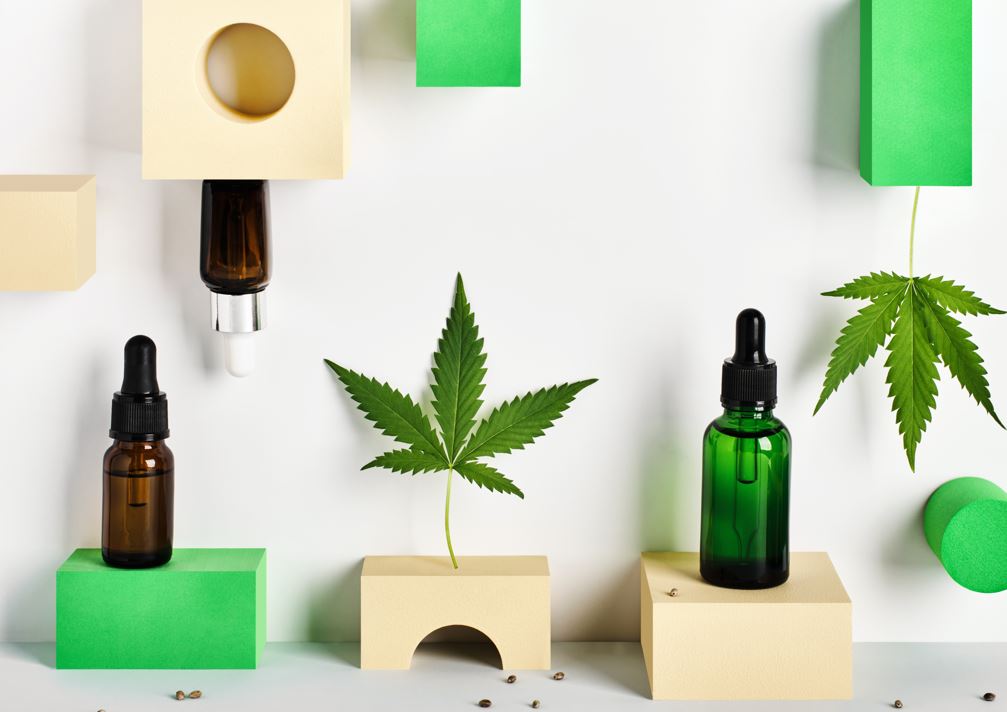Known as cannabigerol, CBG is another cannabinoid that interacts directly with the brain’s CB1 and CB2 receptors. It’s also non-psychoactive, so you won’t get high, but it has health benefits, just like CBD.
As a matter of fact, CBG can act as a buffer against THC’s psychoactive effects, alleviating paranoia symptoms when THC levels are high. Among its health benefits include
Unlike CBD and THC, CBG is a minor cannabinoid that is present in the cannabis plant at a very low concentration. CBG is a precursor to CBD, which manufacturers can convert into CBD by heating it under pressure. CBG can be produced as a metabolite of CBD or THC through decarboxylation when exposed to heat at specific temperatures.
It is also more difficult to extract than other cannabinoids. However, manufacturers use several methods to increase CBG levels in their products and allow consumers to reap the benefits of this lesser-known cannabinoid.


